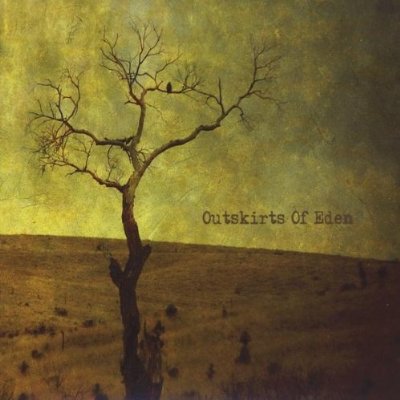
description
1La frontera lleva su nombre es el relato de cuatro generaciones de mujeres valientes acostumbradas a sentir en silencio, a través del tiempo, los confines, el amor y la guerra. La gran novela de las «golondrinas . Un relato emocionante tejido con los hilos de una historia real silenciada. Desde finales del siglo XIX y hasta los años cincuenta del siglo pasado, las jóvenes más humildes de los valles del Pirineo navarro y aragonés cruzaban a pie las montañas para trabajar en las fábricas de alpargatas del lado francés. Como las golondrinas, marchaban en octubre y regresaban en primavera, llenas de ilusión y cargadas de telas y enseres para el ajuar que constituiría su aportación a un futuro matrimonio. Esperanza Ayerra es biznieta de Esperanza, una golondrina que cruzó los Pirineos en 1913 y a la que la mayor contienda mundial robó su porvenir. Es nieta de Esperanza, conocida como Perla, que no tuvo padre, ni marido, por el cruel destino de una España dividida. Es hija de Espe, una mujer que se tragó sus penas y a la que la historia dejó sin aire. Es el fruto de la frontera entre dos países que se alejan y se acercan cuando sus pobladores se enamoran. «Mi bisabuela, como la mayoría de las roncalesas de su generación, era una golondrina. Con las mujeres de otros valles cercanos, se iban a Francia a trabajar, donde fabricaban alpargatas por siete o diez céntimos de franco la hora... Las llamaban 'las golondrinas', hirondelles en francés, porque su emigración coincidía con la de estas aves. Se iban en octubre y volvían en mayo o junio, y nunca supieron si las raíces de sus vidas estaban a un lado o al otro de los Pirineos . ENGLISH DESCRIPTION The Border Is Named After Her is the story of four generations of bold women used to suffer in silence, known as "the swallows." An exciting text woven with the threads of a true story. From the late 19th century until the 1950s, the poorest women in the valleys of the Navarrese and Aragonese Pyrenees crossed the mountains, on foot, to work in the espadrille factories on the French side. Like swallows, they left in October and returned in the spring, hopeful and laden with the fabrics and utensils that would constitute their dowry. Esperanza Ayerra is Esperanza's great-granddaughter, a "swallow" that crossed the Pyrenees in 1913 and whose future was stolen by the Great War. She is also the granddaughter of Esperanza, better known as Perla, who had neither a father nor a husband, as a divided Spain never allowed her to. She is the daughter of Espe, a woman who kept her sorrows to herself, crushed under the weight of history. She is the border between two countries that grow apart and come closer when their inhabitants fall in love. «My great-grandmother, like most of the roncalesas of her generation, was a swallow. She and other women from the nearby valleys went to France to work, where they made espadrilles for seven or ten cents an hour. They were called "the swallows", hirondelles in French, because their arrival and departure coincided with that of these birds. They left in October and returned in May or June, and never really knew if their lives were on one side or the other of the Pyrenees.
member goods
No member items were found under this heading.
Return Policy
All sales are final
Shipping
No special shipping considerations available.
Shipping fees determined at checkout.







